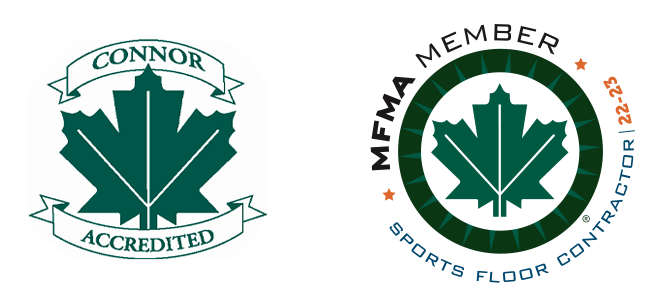Pooling Resources to Achieve Your Goals
Cooperative Purchasing involves small businesses banding together to gain purchasing power, allowing them to demand lower prices from suppliers.
One of the main problems small businesses face is balancing their budget. The ever-increasing costs of doing business make it hard for smaller entities to compete with large companies.
The best way to lower costs and survive in the business world? Create a cooperative purchasing agreement.
And what is a cooperative purchasing agreement, you ask? It is a contract between small businesses that agree to purchase goods/services at a lower rate.
How do Purchasing Cooperatives Work?
It all starts when a group of businesses come together with an agreement to purchase similar goods/services from one supplier or a group of suppliers.
A pricing structure is then agreed upon, and the businesses jointly bargain for the specified price point. Essentially, the cooperative purchasing process gives these smaller companies stronger bargaining power.
What is the Cooperative Purchasing GSA?
The General Services Administration (GSA) is a program that offers several methodsthat business entities can utilize to purchase goods.
It allows businesses on the federal and state level to make purchases, either physically, or electronically, through contracts that have been negotiated by the government.
How to Start a Purchasing Co-op
Whether you are in real estate, building a sports facility , or selling hamburgers, being part of a cooperative purchasing body can be very beneficial.
Small businesses can grow and become more sustainable by joining or establishing a collective purchasing entity. The question is, how do you start one? Well, here’s a short guide on how to build a cooperative purchasing body:
- Explore the available options before creating a whole co-op. Research the available alternatives to see if there is a purchasing co-op similar to the one you want to start. Can you join it? If the answer is yes to any of these questions, then there’s no need to proceed to the next step.
- Identify a community. The second and most important step is to build a community of like-minded individuals who are either in the same line of business or within a similar industry. These individuals must have businesses with similar economic needs. Ensure all the identified parties can benefit from the initiative.
- Analyze the numbers. Once you have established a community, evaluate the demand. Ask yourself whether the demand from the community is adequate. Will you be of value to the suppliers/vendors? Are the numbers significant enough to convince the vendors/suppliers to partner with you?
- Do more research. Before you establish the cooperative purchasing body, do your homework. Approach the management of similar cooperatives and gather up as much information as you can.
- Lay the foundation. Start by raising enough capital to support the cooperative. Ensure you hire lawyers who understand the business model and can help with all the legal paperwork. Hire an industry expert who is well respected by potential members and the suppliers.
Cooperative purchasing bodies have enabled small businesses to have a voice. Their existence has proven to be of great benefit and are heavily supported by governments.
ind out what incentives your local authority provides to such cooperative purchasing entities, whether you establish or join one.



